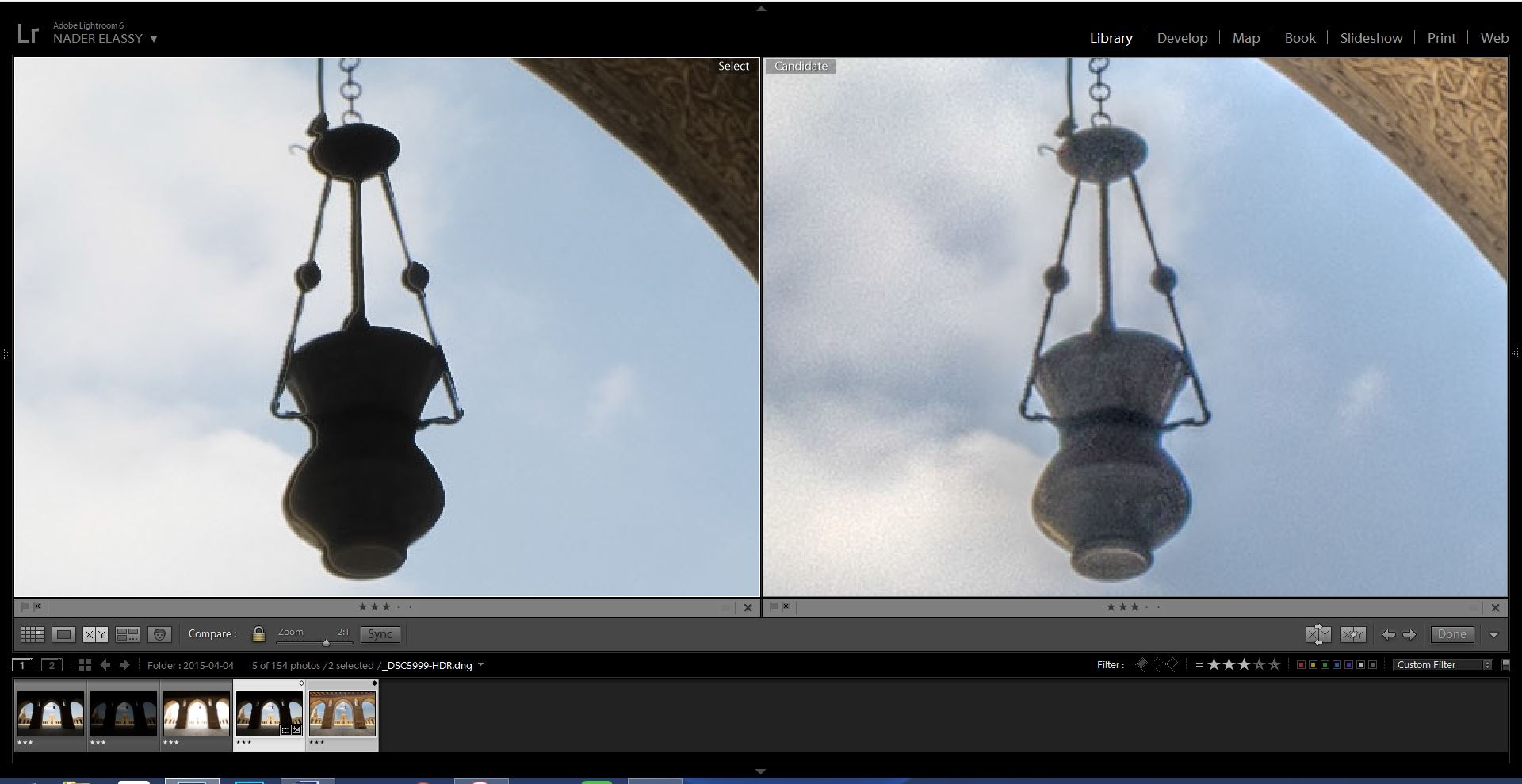

- #Fotogenic max resolution software#
- #Fotogenic max resolution Pc#
- #Fotogenic max resolution download#
What is an example of a low-resolution image?
#Fotogenic max resolution download#
SmartFrame’s approach combines download and screenshot protection with dynamic watermarking for maximum security, which allows for high-resolution images to be shared and displayed securely. One option is to watermark your images, which also discourages theft, although photographers will typically apply these to low-resolution images to be extra cautious. There are, however, ways in which you can continue to share images at a higher resolution while keeping them protected.

This makes a lot of sense, although it does lessen the impact such an image has as it can only be viewed up to a particular size. Photographers looking to protect their work often upload low-resolution versions of their images in an effort to discourage theft. The way an image can be used is limited to some degree by the number of pixels it contains. Should I post low-resolution or high-resolution files online? But you aren’t actually adding any extra information to the image when you do this. So what happens when you sharpen images using software? Typically the contrast at the edges between different details will increase, which gives the impression of crisper detail. Much depends on how the image is being viewed, from what distance, and exactly who is viewing it. It’s entirely possible to have an image that’s high in resolution that doesn’t quite look sharp, just as it’s possible to have a low-resolution image that appears nice and crisp. Sharpness concerns how clearly defined details within images appear, and is, strictly speaking, subjective (whereas the number of pixels in an image can be easily quantified). A higher resolution image may give you a bigger image to view, but this doesn’t necessarily mean it will display more detail. Image noise, lens quality and photographic technique all have a significant hand in how detailed an image ends up, as does the specific processing applied to the image upon its capture, and the strength – or absence – of anti-aliasing filters in front of the sensor. ‘Potential’ is the operative word here the level of detail in images depends on more than simply the number of pixels present. So, the higher the number of pixels, the greater the potential for more detail in the image. In other words, it’s not possible to have more than one detail within a pixel. Do more pixels mean more detail?Įvery pixel in an image can only take on a single value. If you’ve already uploaded your images to SmartFrame, you can view their resolution at any time by simply clicking on the image in question and checking the figure next to Image size.
#Fotogenic max resolution Pc#
If you’re using a Mac, you can also just right-click on the file of the image and select Get Info, while PC users can right-click on the file and select Properties, before viewing the resolution in the Details tab.

#Fotogenic max resolution software#
You can view this in your camera once your images have been captured, or in a software program such as Photoshop. It should be possible to check the number of pixels in the metadata of the image, which is the information that’s attached to each image.

If your camera has a 24MP sensor, it will output images at around this level, though many modern cameras tend to have sensors with an even higher pixel count. Your camera’s sensor will naturally capture and output images at a certain resolution. How can I find out the resolution of my images? 6000 x 4000 equals 24,000,000, which is more commonly written as 24 megapixels (MP). Multiplying the two figures together gives us the second way this is commonly stated, namely as megapixels. So, an image resolution of 6000 x 4000 tells us that the image measures 6000 pixels in width and 4000 pixels in height. Image resolution is typically expressed as a horizontal x vertical measurement. The digital images that originate from our cameras and smartphones are made up of pixels, so knowing how many pixels are present gives us an idea of what kind of image we’re dealing with. When we talk about image resolution, however, what we are usually referring to is the pixel resolution – that is, the number of pixels in the image. In photography, the term resolution can mean different things. Not sure what’s meant by image resolution? We explain what it is, why it matters and what to do to make sure your images end up in the best possible quality.


 0 kommentar(er)
0 kommentar(er)
